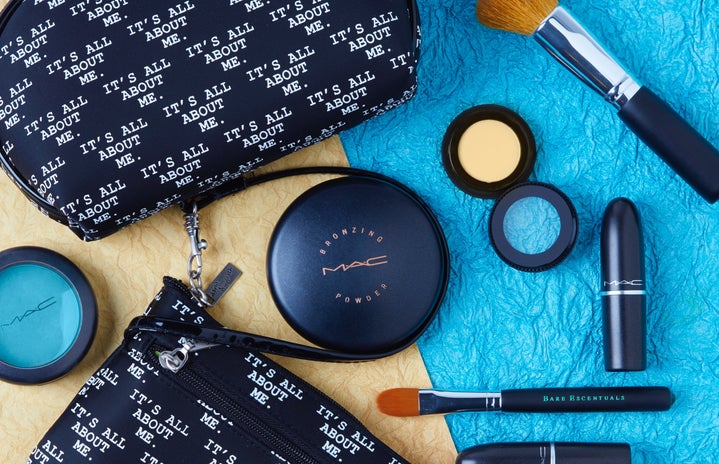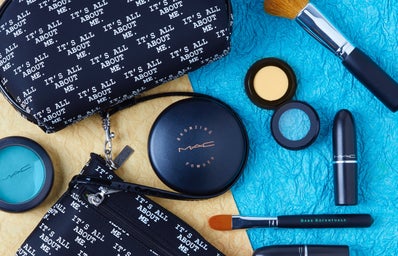“Whose hair do we care about?”
Ever walked into a hair salon and been told: “we don’t do your kind of hair here.” If you have straight, soft Eurocentric hair, chances are you have never experienced this. For minorities in predominantly white neighborhoods, being told “we don’t cater to your kind of hair,” is a
common thing. If individuals with kinky hair textures do find a salon willing to do their hair, it cost twice as much for them compared to someone with straight hair.
Meghan Lena Silvia is a 22-year-old hairstylist from Ireland. Silvia says “the reason I believe many white stylists refuse to do black hair or become intimidated by the workload is that they do not understand the beauty and complexity of black hair, that is why I became interested in teaching white stylist how to do black hair.” Silvia compiled a step by step guide for styling kinky hair textures.
When styling someone with kinky hair texture, the first thing you want to do is part the hair into four sections evenly. After putting the hair into four sections, start with the first section of hair in the back. Before attempting to detangle the hair wet the hair with a little water. Make sure you do not soak the hair. Next, apply a leave-in conditioner according to blackgirllonghair.com, only use products that are designed for kinky hair texture. In commercial products, the formula is made for straight hair textures.
Start combing through the hair section by section, starting from the end of the hair going towards the roots. Entirely detangle all parts of the hair, and begin sectioning the hair in the desired braid pattern or use the flight iron.
If you are using a flight iron, it is essential to be aware of common myths associated with straightening kinky hair. Because of lack of knowledge about how to do kinky hair. Stylist concludes that kinky hair needs more heat which is false and extremely damaging. The temperature should not exceed 450 degrees. Before apply heat use, a heat protector formulated for curly hair textures. I highly recommend using Shea Moister Heat Protector. Its help fight breakage and leaves hair glowing.
Do not apply relaxers unless specified by the customer. Relaxer is detrimental to natural hair. And in the long run, destroys the hair follicles and slow down hair growth.
A relaxer is a chemical hair cream used to alter the natural texture of a person’s hair. Relaxers can cause physical harm if left on the skin for an extended period. It can also create the hair to break during the process. Before applying a relaxer, it is essential to place Vaseline on the scalp. The Vaseline will protect the scalp from during when the relaxer is applied. Make sure you part the hair into four equal sections before greasing the scalp.
When applying the actual relaxer make sure you are moving promptly, the longest the product should be left on the client’s hair is 5 minute. After 5 minutes make sure to rinse with cold water until all the product is gone.

